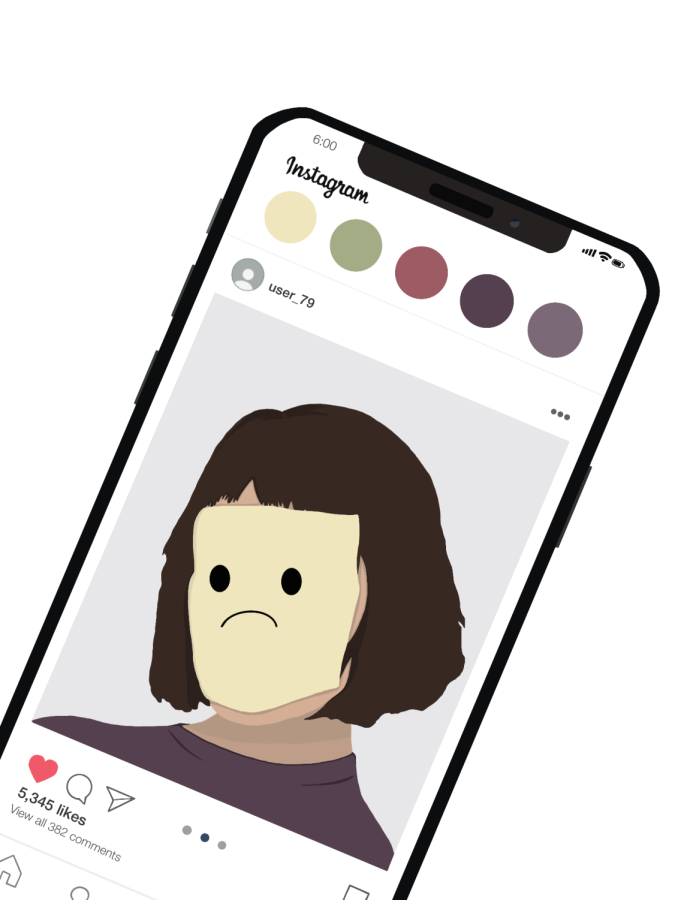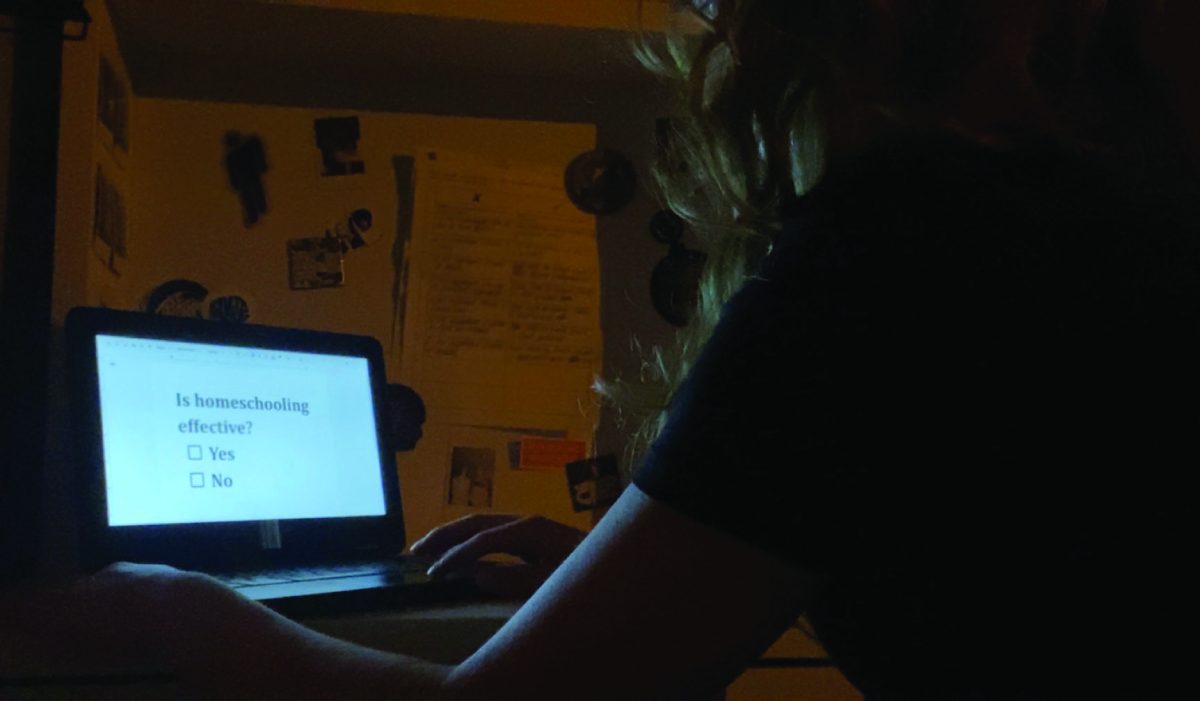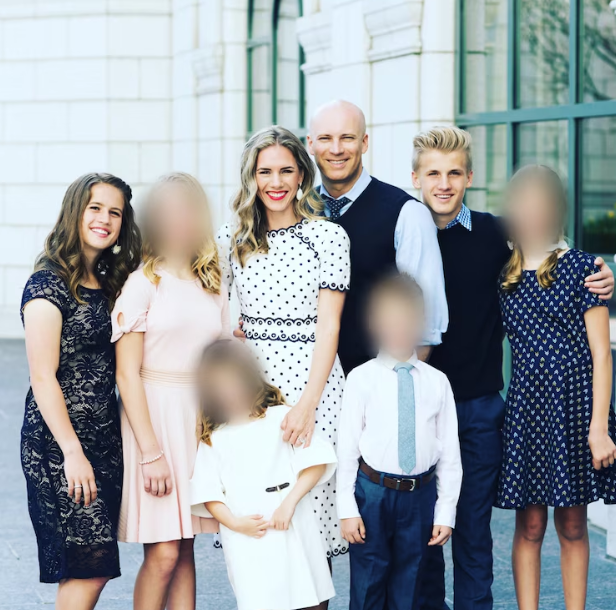Tragic Beauty
Modern media needs to represent, not romanticize mental health.
April 1, 2022
Euphoria, Grey’s Anatomy, 13 Reasons Why. These popular shows all have something in common; characters struggling with mental health issues. In the past decade, people have become more accepting of people with mental illnesses, and characters with depression, anxiety, and other disorders have appeared in television and movies. While the destigmatization of mental health issues in our society is great, can we do better?
Since the pandemic began, people have been increasingly more open about their mental health. This is partly because everyone can relate on a certain level, whether it’s sadness in isolation or being more anxious about life in general. TikTok has also started to provide a platform for people to share their mental health journeys, providing inspiration and comfort to those who may relate to these stories.
However, while the representation of those with mental illnesses has increased, there are problems we still need to solve. One of the biggest ones is the romanticization of mental illnesses. To understand how this has become a problem, we first need to understand how big of an influence celebrities and influencers have on their followers, especially teenagers.
Lincoln-based independent mental health Practitioner, Heather A. Jackson, says that teens follow trends and look up to influencers and celebrities because “these things essentially give teens a guide.” During a time in life where you’re having to deal with so many different things or have so many messages coming at you from different directions, following trends or influencers can help give someone that person to look to for guidance or direction.
“I think it gives teens a sense of comfort that if they follow them, there’s essentially a “safety net” that they will fit in,” Jackson said.
Following trends and influencers on social media and celebrities in TV shows and movies isn’t a bad thing, but people have to be cautious as to what they take in. In recent years, the romanticization of mental illnesses has increased. Those who are struggling with mental health have been able to open up to friends and family, as well as seek help as a result of the decrease in negative stigmas about people with mental illnesses. However, if mental illnesses are portrayed in a positive light, some people can start imitating them for sympathy and attention.
Lincoln Southeast High School (LSE) counselor Skyler Reising provides insight on why teens follow and look up to influencers and celebrities.
“You’re probably going to look for examples of people who have what you want and celebrity and fame and money are pretty common things that I think a lot of people desire and want to have,”
When people see celebrities living a lifestyle they wish they had, they may try to change and become more like that person. However, this can become a problem if kids and teens want to be like an influencer or a television character. They may start to adopt habits and personality traits that are less than desirable.
This could simply be an annoying catchphrase that everyone knows, or it could be something more serious like imitating a mental health illness, which is why the media needs to start taking accountability and proactively focusing on how they represent those with mental health problems, even if it seems harsh.
This issue can be difficult to address because it’s very personal and hard to discuss without a person feeling shame. Therefore, people need to be educated about the representation of mental illnesses so they can understand and avoid any negative exchanges that might happen because of this.
First, people must understand that when they imitate having a mental illness or disorder, they are taking away from those who legitimately struggle with one.
According to the Medowglade, a rehabilitation center in California specializing in mental health, some teens with depression have been misdiagnosed by a doctor “as simply trying to fit in with the crowd”.
This can be disastrous for those who need help, and emphasizes how imitating mental health for sympathy and attention is truly a problem that hurts others.
Not only does over and misrepresentation of mental health struggles lead to misdiagnosis and discouragement from receiving treatment, but it can be dangerous.
If suicide is glorified and sensationalized in the media, it can be seen as an ideal escape from problems someone may be experiencing. Researchers have found that suicide is contagious because when death by suicide is normalized or seen as a way to escape a problem that many people have, it becomes more widespread and relatable, according to Time.com.
Reporting, writing, and talking about mental illnesses is extremely difficult. Also according to the Medowglade, “There are concerns about putting people off if they read something that’s too blunt. However, flowery language is never a good idea when discussing a serious topic like this. Opening up the conversation about mental health is still needed, with less waffle and more bluntness.”
The truth about these real-life issues may be hard to hear, which is why many people do resort to “story-telling” instead of stating the facts. But because romanticization of mental illnesses has become a prevalent problem in our society, bluntness may become necessary. Many advocates for mental health, as well as people living with mental illnesses, have spoken out about skewed portrayals of depression, bipolar disorders, and eating disorders.
If it’s too difficult for a person to share all parts of their story, they should let people know. As Jackson states, “I also think it is important that, if these individuals are going to choose to share some of their stories, they should be transparent in giving the context that the part of the story they are sharing is just that: A PART. A lot of times, individuals who are consuming the content see the short piece of media put out [whether a TikTok, Instagram post, etc.] and fail to recognize that there is A LOT more to the person’s story/situation than they are seeing.” By letting people know that a post or TikTok about mental health isn’t the full story, it can help
A 2019 study published by Dr. Sacey Smith, Marc Choueiti, Angel Choi, Dr. Katherine Pieper, and Dr. Christine Moutier discusses how creators and writers can work towards featuring more authentic and less dehumanized characters.
They made five questions that a content creator should ask themselves when including mental illness in their work; why am I telling this story, is the mental health condition used as a plot device, is the mental health condition used for humor, is there unnecessary stigma depicted, and is help-seeking depicted?
By asking the mental health community to assist in the accurate and authentic depiction of characters living with mental illnesses, and celebrities and influences making sure they tell all the facts about their struggles, we can move forward to changing the representation of characters with mental illnesses to being factual and informational without any stigmas or romanticization.
If you or someone you know is strugging with mental health or suicidal thoughts, call 1-800-273-8255 for the National Suicide Prevention Lifeline, or 1-800-662-4357 for SAMSHA’s National Helpline.











Pam • Apr 5, 2022 at 9:17 AM
Thank you for this important and thought-provoking article!
Joel • Apr 4, 2022 at 2:50 PM
Thank you for addressing such a difficult topic in a very professional manner. There is insightful advice in this content and Steinke covers the key points well!